Public relations can be a tough game to play. Measuring success isn’t always straightforward—how do we really know if it’s helping our business? Sometimes, you don’t get to fully control what’s being said about you, and the media can get things wrong.
PR also takes a lot of work, especially when it comes to keeping up relationships with journalists and media outlets. There’s also the chance that you might rely too much on others to speak for you, which can be risky. Plus, things can change fast, and not always the way you’d expect, so you need to be ready for anything. And let’s not forget, there’s always the temptation to stretch the truth. Want to find out more about these challenges? Stick with us as we explore the lesser-seen sides of public relations.
Difficulty in Measuring Impact
Figuring out the impact of your public relations efforts can feel like an uphill battle due to the lack of specific metrics and the complexity of linking PR activities directly to business outcomes. The difficulty in measuring impact is a common hurdle in the public relations field. Without clearly defined metrics, it’s challenging to quantify the returns on your PR investments.

You may have crafted well-thought-out strategies, poured resources into your public relations efforts, and yet, you’re left scratching your head, trying to gauge their effectiveness. Unlike sales or marketing, where clicks, conversions, and revenue can be tracked with precision, PR outcomes aren’t always easy to measure.
This makes it hard to justify PR investments to stakeholders. They want to see a direct correlation between the money spent and the benefits received. But how do you demonstrate that a positive media mention led to increased brand awareness, customer loyalty, or sales?
In the absence of concrete data, you may find yourself struggling to evaluate the effectiveness of your PR strategies. The lack of specific metrics not only makes it difficult to measure success, but also to adjust your strategies based on performance. This ambiguity is one of the significant challenges you need to tackle in public relations.
Limited Control Over Messaging
When you’re working with public relations, one issue you may encounter is having limited control over your messaging. Once your information is in the hands of the media, they’ve the freedom to frame it as they see fit.
This can lead to misinterpretation or selective reporting, which could ultimately harm your organization’s reputation.
Dependence on Third-Party Endorsements
In the world of Public Relations, you often find yourself relying heavily on third-party endorsements from media outlets and influencers, leading to an unpredictable landscape where control over messaging can be a significant challenge. This reliance on third parties can create a level of unpredictability, as the messages conveyed by these endorsers mightn’t always align with your intended narrative.

This can be especially true with influencers, whose personal brand may influence the message interpretation and public perception of your brand. The risks associated with third-party endorsements are real and can affect public reception of your brand in unexpected ways.
Moreover, these endorsement risks can be amplified by the public’s perception of the endorsing party. If the endorser is caught in a scandal or controversy, it can negatively impact your brand as well.
In essence, the dependence on third-party endorsements introduces an element of unpredictability into your PR strategy. You’re placing a significant portion of your brand’s image in the hands of others, and that can lead to unexpected challenges in maintaining control over the messages conveyed about your brand.
Uncertain Results
One of the most significant drawbacks of public relations is the uncertainty of results.
You may have a well-planned PR strategy and still not achieve the desired outcome due to unpredictable external factors.
This makes it essential for you to always have contingency plans in place.
Need for Contingency Planning
As you navigate the unpredictable nature of public relations, it’s crucial to have contingency plans in place to manage potential setbacks and mitigate risks. The need for contingency planning in PR isn’t just a good idea—it’s a necessity. Given the inherent uncertainties in PR efforts, potential failures can occur at any time, making contingency planning vital.

By developing these plans, you prepare your organization to handle any unforeseen circumstances that could derail your PR strategy. The process of contingency planning demands additional resources, including time, personnel, and finances, but the benefits far outweigh these costs. It provides strategic foresight, allowing you to anticipate potential hurdles and prepare appropriate responses in advance.
While such planning might seem daunting, it’s an essential part of effective PR management. It’s not enough to just react to crises as they occur. To truly mitigate risks, you must proactively manage potential issues before they escalate.
Time-Consuming and Labor-Intensive
While you might think that public relations is a simple task, it actually involves substantial time and effort, often becoming a labor-intensive process that can strain your organizational resources. Crafting effective PR strategies requires significant time spent on conducting research and developing plans. This process is crucial to understanding your audience, their preferences, and the best channels to reach them.

Furthermore, building relationships with media contacts is another time-consuming element. These connections are vital to ensuring your message reaches the right audiences, but nurturing them demands constant attention and effort.
Additionally, developing and implementing the strategies can be a tedious process. It’s not just about drafting a press release or organizing an event. It’s about ensuring that every action aligns with your overall PR strategy, which requires meticulous planning and execution.
Considering all these factors, it’s clear that PR isn’t just labor-intensive, but also a significant drain on time. While the benefits of a successful PR strategy can be substantial, the time and effort required to achieve this success can place a heavy burden on your resources.
Therefore, it’s important to consider these aspects when deciding to invest in public relations.
Financial Costs
When it comes to the financial costs of public relations, you might get a bit of sticker shock. Hiring a top-tier PR firm and covering the expenses for media and events can rapidly drain your budget.
The real kicker, however, is trying to quantify the return on your investment in PR, which can often feel like attempting to nail jello to a wall.
Difficulty in Justifying ROI
You might grapple with the challenge of justifying the financial costs of your PR activities, especially since quantifying their return on investment often proves complex. This difficulty in measuring ROI is a significant obstacle for many organizations.

Unlike other areas of business where the results are clear and tangible, PR is packed with intangible benefits that can be difficult to quantify. Yes, it’s hard to put a number on the value of a positive public image or increased brand awareness. This lack of clear metrics makes the task of assessing value and justifying expenditure a complicated one.
You’ll find that the ROI calculations for PR aren’t as straightforward as they’re for other business investments. This complexity often leads to challenges in evaluating PR. It’s not easy to determine how much a positive news article or a well-managed crisis contributes to your bottom line.
Therefore, the justification of PR spending can be a tough sell, especially to stakeholders who prefer to see concrete numbers. However, understanding this challenge can help you in better assessing PR value, despite the inherent complexities and unclear metrics.
Reputation and Image Risks
When it comes to public relations, your company’s reputation and image are constantly on the line.
One wrong move can lead to negative media coverage, potentially tarnishing your brand’s reputation.
Let’s explore the potential risks and how they can impact your public relations efforts.
Challenges in Crisis Management
Navigating the stormy seas of crisis management, one of the most daunting tasks in public relations, often presents significant challenges in maintaining a brand’s reputation and image. Handling negative publicity and managing crises effectively are critical aspects of PR. However, the challenges in crisis management can be overwhelming, leading to potential reputational damage.
Imagine these scenarios:
- A high-profile product failure ignites a social media firestorm,
- An executive’s controversial comment triggers a boycott,
- A data breach shakes customer trust,
- A natural disaster disrupts operations,
- An employee’s misconduct tarnishes your brand’s image.
In these cases, failure to address issues promptly can result in long-lasting reputational damage.
The key to mitigating negative publicity lies in swift, transparent, and sincere responses. Yet, it’s easier said than done. Communication breakdown, lack of crisis preparedness, and misjudged public reactions often hinder addressing issues effectively.
Thus, while crisis management is a vital part of PR, it’s also one of its biggest disadvantages due to the immense pressure and high stakes involved.
Ethical Dilemmas
Facing ethical dilemmas, such as the temptation to manipulate information, is a common challenge for PR professionals who strive to maintain honesty and transparency. It’s not an easy road, navigating these dilemmas. The pressure to deliver results can sometimes blur the lines between what’s right and what’s easy. This is where the real test of a PR professional’s mettle comes into play.

Ethical challenges are part and parcel of the job. The desire to present your client in the best light can sometimes tempt you to obscure or twist the truth. But remember, manipulating information isn’t just unethical, but it’s also a short-sighted strategy that can backfire in the long run.
Honesty, they say, is the best policy. In the world of public relations, this couldn’t be truer. It’s important to maintain transparency, even when the truth is uncomfortable or inconvenient.
It’s difficult, sure, but it’s the only way to build and sustain trust, which is the bedrock of any successful PR strategy. So, as you navigate the ethical dilemmas that come your way, remember to always keep honesty and transparency at the forefront.


